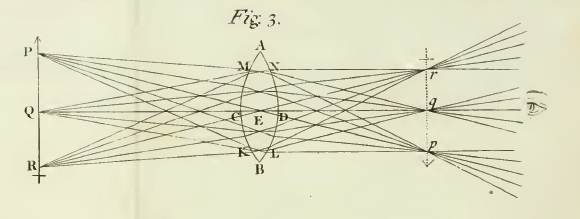
Crowds flocked to the artist's first major British exhibition in 50 years, which ends today. But many left disappointed and angered by the scrum around every painting
Share Comments (…) Vanessa Thorpe The Observer, Sunday 16 January 2011 larger | smaller Article history
The crowds were huge, the buzz a testimony to the booming interest in Britain's major art galleries. But was the much-heralded Gauguin exhibition at London's Tate Modern, which closes today, just a bit too successful for its own good?
Gauguin: Maker of Myth has drawn what is thought to be a record number of visitors to a Tate exhibition, but many of them left the building in a state of what one prominent art critic called "gallery rage".
The crowding in front of the paintings on display was so bad, according to angry art fans and critics, that they have vowed never to go to such a big show again. A fraught debate is now expected in the art world over the need for different forms of crowd control for Britain's major art shows.
"It is a magnificent exhibition, but very hard indeed to enjoy," said John Capel, 75, from Edenbridge, Kent, who visited last week. "My wife uses a stick and she rightly decided not to come in when we heard how crowded it was. She would not have lasted two minutes in there."
There were early signs the popularity of the exhibition would stretch capacity when advance box office records were broken and the tickets for several of the allocated time slots sold out before doors opened last autumn. Visitors were warned they might have to queue to get in but, once inside the gallery, many have complained they also had to queue to look at individual pictures.
Parents with baby buggies, groups of schoolchildren, art students and middle-aged art lovers all competed for elbow room as exhibition staff moved crowds on in what some visitors have described as the art world equivalent of "kettling", the police crowd control tactic.
Art critic William Feaver echoed demands for smaller, calmer shows that allow artworks to be enjoyed as intended by the artist.
"You get this sort of gallery rage because people can't just pop in for 10 minutes at a time and look at a few paintings," he said. "If you have come in from out of town or from abroad you have to save it all up for one visit and then you get a headache, and eye strain. The whole thing becomes a pilgrimage that is better relived later, looking at the catalogue at home."
Feaver felt the Gauguin show was "over-extended" in comparison with the "exemplary" Cézanne exhibition at the Courtauld Gallery on the other side of the Thames. "I wish shows could be smaller and crowds more dispersed, but we are caught in a bind because people want their money's worth if they have paid more than £12 for a ticket."
Messages on the Tate internet message board indicate the crowding problem has dogged the show from its first weeks. In early November, Roy Rampling wrote: "Wonderful collection of works and interesting exhibitions. However, the overcrowding meant that it was extremely difficult to appreciate the work, which was a real pity," and later visitor Will McDonnell agreed: "A good exhibition sadly marred by the gross overcrowding. I shuffled along with so many others struggling to see past the backs of so many heads. Tate should consider limiting the numbers and maybe I don't get in, but it would make it a satisfying experience for those who do."
This weekend the gallery defended its handling of visitors and said the final attendance figures gathered tomorrow may confirm the Gauguin as its most popular show ever. "As with all Tate's exhibitions, we allocate tickets with staggered entry times to minimise overcrowding," a spokesman said. "To help meet additional demand, Gauguin: Maker of Myth has remained open until 10pm on Sunday evenings."
The Tate show was the first to celebrate the work of Gauguin in Britain for 50 years and it put together more than 100 of his works, including some from Russia never seen in this country. Critics such as Rachel Campbell-Johnston of the Times hailed it as "the show of the season – in fact of the whole year" when it opened, while the Guardian's Adrian Searle praised the curators for rescuing Gauguin's reputation "as the amoral, dissolute monster of trashy biopics".
The show included all four of his great religious paintings – Vision of the Sermon, The Yellow Christ, Breton Calvary and Christ in the Garden of Olives – and also displayed a letter from the artist to his wife Mette which revealed he had stayed in touch from Tahiti.
Foreign art lovers who travelled across Europe to the Tate show have also complained. "It was more than overcrowded and sometimes impossible to have a look at certain paintings. A real pity," wrote Evelyn Watzka. Two years ago the head of the National Gallery, Nicholas Penny, also called for art shows that featured just one or two paintings at a time. More recently Penny clarified his views, saying "I've no problem with popular exhibitions, merely with exhibitions designed primarily to be popular."

No hay comentarios:
Publicar un comentario